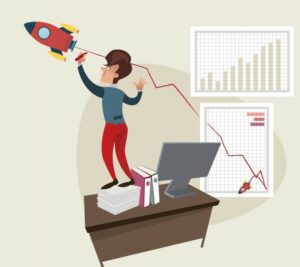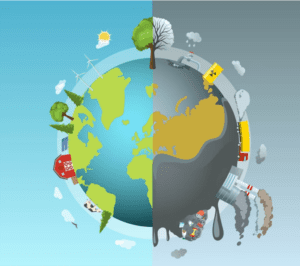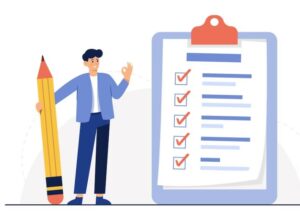Statistics have the power to transform our lives. They hold secrets and insights that can lead to better decisions and positive changes. It’s like discovering hidden treasures in a world of numbers. Once we unlock the message behind the statistics, we can use them to make our lives better, just like companies that use the statistical investigative process to solve problems with data. Let’s explore why transforming statistics into actions is so important and relevant to our lives.
 Making Statistics Actionable Gives Them More Significance.
Making Statistics Actionable Gives Them More Significance.
Have you ever looked at a bunch of numbers and wondered what they all meant? Statistics become much more interesting and important when we can use them to do something. Imagine you are interested in engineering and have a dataset about rocket design and performance. By carefully analyzing this data, you might uncover fascinating patterns and trends. With this knowledge, you can make informed decisions and suggestions to optimize future design, thereby advancing the field of aerospace engineering.
Statistics Can Make a Big Difference in the World.
Statistics impact all fields. Scientists use statistics to understand things like climate change to health trends. For example, scientists can identify patterns that indicate global warming by analyzing temperature data over the past few decades. When they turn these statistics into actions, like reducing pollution or creating a new vaccine, they can literally save lives and protect our planet. Statistics have the potential to be a driving force behind positive changes on a global scale.
 Statistics Help Us Make Confident Decisions.
Statistics Help Us Make Confident Decisions.
When we turn statistics into actions, it’s like having a secret weapon. They help us make decisions confidently because we’re basing them on real, proven information and not just guessing. Imagine you are planning a company event, and you have to choose between two potential venues. By analyzing attendance data from past events, you can determine which venue is more likely to attract a larger crowd. This statistical analysis empowers you to make an informed decision, increasing the chances of a successful event. Statistics provide a solid foundation for decision-making and give us the confidence to choose wisely.
Learning from Past Actions Improves Future Decisions.
By turning statistics into actions, we also have the chance to learn and improve. Sometimes, our actions don’t turn out the way we expected. But instead of feeling discouraged, we can turn to statistics for guidance. If the outcome of an event or decision wasn’t what we anticipated, we can look back at the statistics, figure out what happened, and make better decisions in the future. For example, if a school fundraising event didn’t raise as much money as expected, analyzing the attendance data and donation patterns can help identify areas for improvement. Statistics enable us to learn from our past actions and pave the way for better future decisions.
 Making Statistics Actionable Gives Them More Significance.
Making Statistics Actionable Gives Them More Significance.
 Statistics Help Us Make Confident Decisions.
Statistics Help Us Make Confident Decisions.